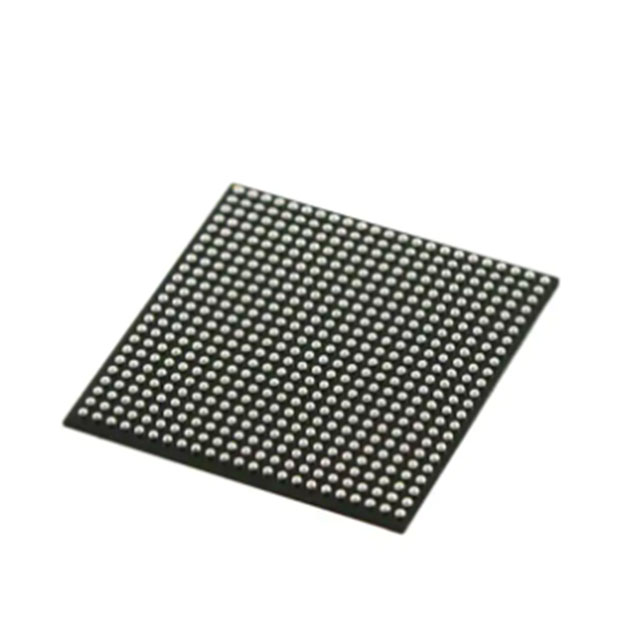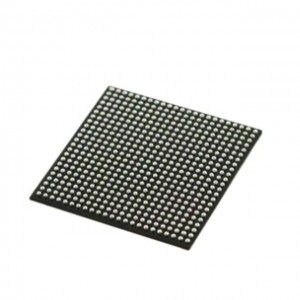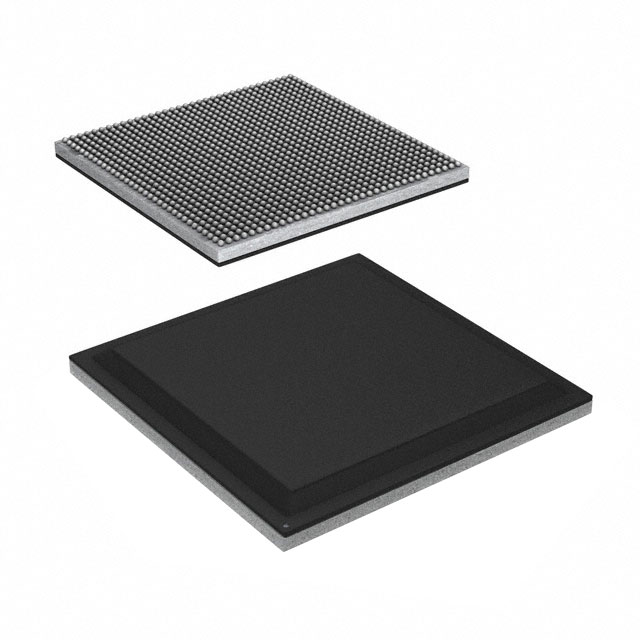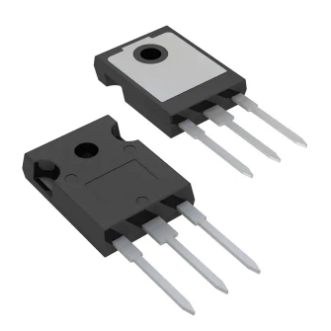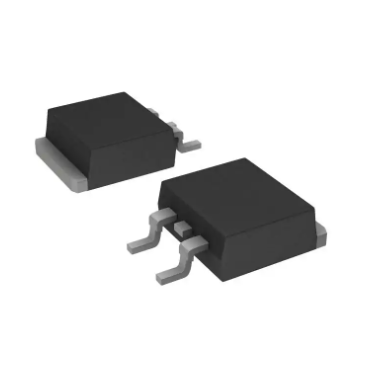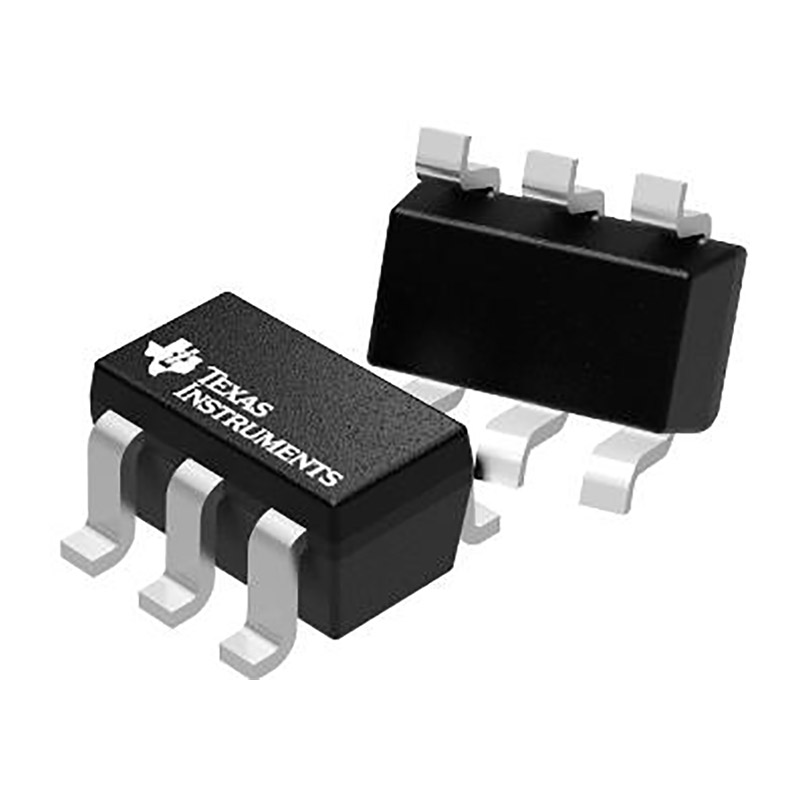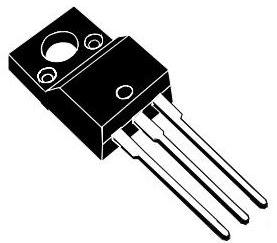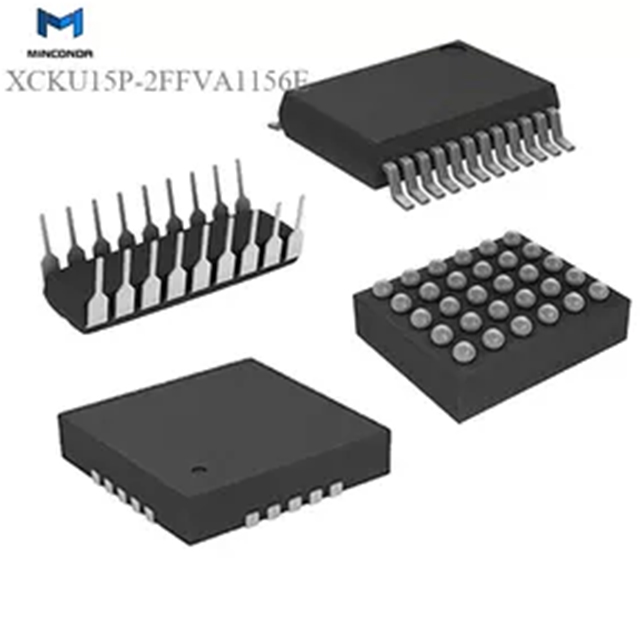Best Selling Frey Auto Parts Engine M274 M271 Oil Cooler 0995002300/ 0995001100 for W204 W212
Product Attributes
| TYPE | DESCRIPTION |
| Category | Integrated Circuits (ICs) |
| Mfr | Intel |
| Series | Cyclone® IV E |
| Package | Tray |
| Product Status | Active |
| Number of LABs/CLBs | 1803 |
| Number of Logic Elements/Cells | 28848 |
| Total RAM Bits | 608256 |
| Number of I/O | 328 |
| Voltage – Supply | 1.15V ~ 1.25V |
| Mounting Type | Surface Mount |
| Operating Temperature | 0°C ~ 85°C (TJ) |
| Package / Case | 484-BGA |
| Supplier Device Package | 484-FBGA (23×23) |
| Base Product Number | EP4CE30 |
Documents & Media
| RESOURCE TYPE | LINK |
| Datasheets | Cyclone IV Device Datasheet |
| Product Training Modules | Cyclone® IV FPGA Family Overview |
| Featured Product | Cyclone® IV FPGAs |
| PCN Design/Specification | Quartus SW/Web Chgs 23/Sep/2021 |
| PCN Packaging | Mult Dev Label CHG 24/Jan/2020 |
| EDA Models | EP4CE30F23C8N by Ultra Librarian |
| Errata | Cyclone IV Device Family Errata |
Environmental & Export Classifications
| ATTRIBUTE | DESCRIPTION |
| RoHS Status | RoHS Compliant |
| Moisture Sensitivity Level (MSL) | 3 (168 Hours) |
| REACH Status | REACH Unaffected |
| ECCN | 3A991D |
| HTSUS | 8542.39.0001 |
Altera Cyclone® IV FPGAs extend the Cyclone FPGA series leadership in providing the market’s lowest cost, lowest power FPGAs, now with a transceiver variant. Cyclone IV devices are targeted to high volume, cost-sensitive applications, enabling system designers to meet increasing bandwidth requirements while lowering costs. Providing power and cost savings without sacrificing performance, along with a low-cost integrated transceiver option, Cyclone IV devices are ideal for low-cost, small-form-factor applications in the wireless, wireline, broadcast, industrial, consumer, and communications industries. Built on an optimized low-power process, the Altera Cyclone IV device family offers two variants. Cyclone IV E offers the lowest power and high functionality with the lowest cost. Cyclone IV GX offers the lowest power and lowest cost FPGAs with 3.125Gbps transceivers.
Cyclone® Family FPGAs
Intel Cyclone® Family FPGAs are built to meet your low-power, cost-sensitive design needs, enabling you to get to market faster. Each generation of Cyclone FPGAs solves the technical challenges of increased integration, increased performance, lower power, and faster time to market while meeting cost-sensitive requirements. Intel Cyclone V FPGAs provide the market’s lowest system cost and lowest power FPGA solution for applications in the industrial, wireless, wireline, broadcast, and consumer markets. The family integrates an abundance of hard intellectual property (IP) blocks to enable you to do more with less overall system cost and design time. The SoC FPGAs in the Cyclone V family offer unique innovations such as a hard processor system (HPS) centered around the dual-core ARM® Cortex™-A9 MPCore™ processor with a rich set of hard peripherals to reduce system power, system cost, and board size. Intel Cyclone IV FPGAs are the lowest cost, lowest power FPGAs, now with a transceiver variant. The Cyclone IV FPGA family targets high volume, cost-sensitive applications, enabling you to meet increasing bandwidth requirements while lowering costs. Intel Cyclone III FPGAs offer an unprecedented combination of low cost, high functionality, and power optimization to maximize your competitive edge. The Cyclone III FPGA family is manufactured using Taiwan Semiconductor Manufacturing Company’s low-power process technology to deliver low power consumption at a price that rivals that of ASICs. Intel Cyclone II FPGAs are built from the ground up for low cost and to provide a customer-defined feature set for high volume, cost-sensitive applications. Intel Cyclone II FPGAs deliver high performance and low power consumption at a cost that rivals that of ASICs.
What is an FPGA?
Field Programmable Gate Arrays (FPGAs) are semiconductor devices that are based around a matrix of configurable logic blocks (CLBs) connected via programmable interconnects. FPGAs can be reprogrammed to desired application or functionality requirements after manufacturing. This feature distinguishes FPGAs from Application Specific Integrated Circuits (ASICs), which are custom manufactured for specific design tasks. Although one-time programmable (OTP) FPGAs are available, the dominant types are SRAM based which can be reprogrammed as the design evolves.
What is the difference between an ASIC and an FPGA?
ASIC and FPGAs have different value propositions, and they must be carefully evaluated before choosing any one over the other. Information abounds that compares the two technologies. While FPGAs used to be selected for lower speed/complexity/volume designs in the past, today’s FPGAs easily push the 500 MHz performance barrier. With unprecedented logic density increases and a host of other features, such as embedded processors, DSP blocks, clocking, and high-speed serial at ever lower price points, FPGAs are a compelling proposition for almost any type of design.
FPGA Applications
Due to their programmable nature, FPGAs are an ideal fit for many different markets. As the industry leader, AMD provides comprehensive solutions consisting of FPGA devices, advanced software, and configurable, ready-to-use IP cores for markets and applications such as:
- Aerospace & Defense - Radiation-tolerant FPGAs along with intellectual property for image processing, waveform generation, and partial reconfiguration for SDRs.
- ASIC Prototyping - ASIC prototyping with FPGAs enables fast and accurate SoC system modeling and verification of embedded software
- Automotive - Automotive silicon and IP solutions for gateway and driver assistance systems, comfort, convenience, and in-vehicle infotainment. - Learn how AMD FPGA’s enable Automotive Systems
- Broadcast & Pro AV - Adapt to changing requirements faster and lengthen product life cycles with Broadcast Targeted Design Platforms and solutions for high-end professional broadcast systems.
- Consumer Electronics - Cost-effective solutions enabling next generation, full-featured consumer applications, such as converged handsets, digital flat panel displays, information appliances, home networking, and residential set top boxes.
- Data Center - Designed for high-bandwidth, low-latency servers, networking, and storage applications to bring higher value into cloud deployments.
- High Performance Computing and Data Storage - Solutions for Network Attached Storage (NAS), Storage Area Network (SAN), servers, and storage appliances.
- Industrial - AMD FPGAs and targeted design platforms for Industrial, Scientific and Medical (ISM) enable higher degrees of flexibility, faster time-to-market, and lower overall non-recurring engineering costs (NRE) for a wide range of applications such as industrial imaging and surveillance, industrial automation, and medical imaging equipment.
- Medical - For diagnostic, monitoring, and therapy applications, the Virtex FPGA and Spartan™ FPGA families can be used to meet a range of processing, display, and I/O interface requirements.
- Security – AMD offers solutions that meet the evolving needs of security applications, from access control to surveillance and safety systems.
- Video & Image Processing - AMD FPGAs and targeted design platforms enable higher degrees of flexibility, faster time-to-market, and lower overall non-recurring engineering costs (NRE) for a wide range of video and imaging applications.
- Wired Communications - End-to-end solutions for the Reprogrammable Networking Linecard Packet Processing, Framer/MAC, serial backplanes, and more
- Wireless Communications - RF, base band, connectivity, transport and networking solutions for wireless equipment, addressing standards such as WCDMA, HSDPA, WiMAX and others.






